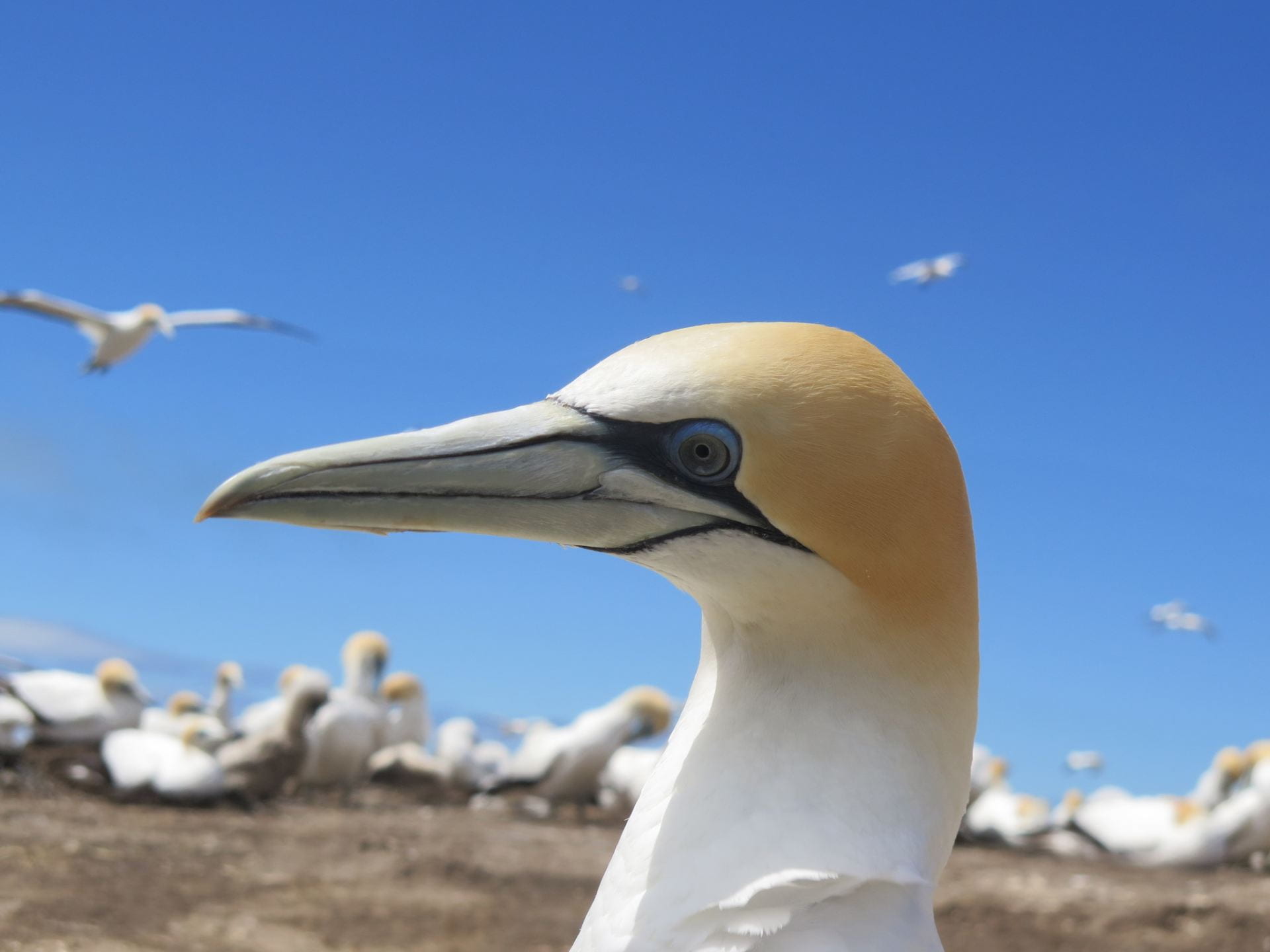When various community groups came to the Hawke’s Bay Regional Council with concerns about the depletion of fish stocks in the local area, it sparked the genesis of a collaborative approach to restore abundance to local waters. Advocacy groups, local iwi and hapū, government agencies and recreational and commercial fisheries started talking about concerns and aspirations for the Hawke’s Bay marine area.
The challenge that the council faced was that the issues contributing to the decline fell across and between various pieces of legislation – different groups hold the responsibility to manage various issues. Under the RMA 1991, the council is responsible for land-based effects like sedimentation – a serious issue for the area given the significant large-scale clearance of native vegetation for sheep and beef farming. The council is also responsible for a range of coastal habitats, but had limited data and knowledge on these, relying on ad hoc studies over the years along with more recent state of the environment monitoring.[1] The health of these habitats have significance for fisheries – however, Fisheries New Zealand is responsible for managing TAC under the Fisheries Act 1996, relying on separate information and datasets to make these decisions. Anecdotal accounts from locals and fishers who had witnessed changes over the years painted a picture of rapid degradation to various habitats and coastal species, but this was not necessarily feeding into annual catch entitlements (ACE).

Australasian gannet/tākapu (Morus serrator) at Cape Kidnappers in Hawke’s Bay. Image credit: Ben Ackerley/iNaturalist (CC BY-NC 4.0).
Anecdotal accounts from locals and fishers who had witnessed changes over the years painted a picture of rapid degradation to various habitats and coastal species, but this was not necessarily feeding into annual catch entitlements.
A multi-stakeholder collaborative group was formed – known as the Hawke’s Bay Marine and Coastal Group – to address the interconnected issues and cumulative impacts collectively. The group included representatives from council, iwi, the Ministry for Primary Industries, the Department of Conservation, community groups, and recreational and commercial fishing groups.
The newly established collaborative group commissioned a marine information review to map the knowledge and the knowledge gaps relating to the local marine environment, and draw on the expertise and experiences of a range of stakeholders, including people who had been fishing in the region for many decades.[1] Financial contributions from all players helped cement the commitment from all groups to act on these issues.
Building on the marine information review, the group developed the Marine and Coastal Group Research Roadmap, launched in June 2018. The roadmap identified a common goal of “achieving a healthy and functioning marine ecosystem in Hawke’s Bay that supports an abundant and sustainable fishery”. The strategy focused on filling knowledge gaps to support integrated management of the marine and coastal environment, drawing on the best available knowledge systems, including a te ao Māori perspective, across three core research areas:
- Ecosystems and habitats,
- Terrestrial and coastal linkages, and
- Fisheries.
The shared goals and trusted relationships that grew from the process of collectively developing the roadmap proved to be a critical prerequisite to the group’s next achievement – getting funding to start implementing the roadmap. Working with the Sustainable Seas National Science Challenge (see case study: Sustainable Seas/Ko ngā moana whakauka), the Hawke’s Bay Marine and Coastal Group has now completed the first stage of a three-stage research project:
- Stage 1: A systems mapping exercise of environmental stressors and feedback loops, incorporating social drivers.[2]
- Stage 2: Modelling different scenarios to see what impacts these would have on the health of the marine ecosystem.
- Stage 3: Providing the scientific information required to underpin and inform management and policy decisions.
Any suggested actions would need to be taken back to the individual governing agencies to make decisions. Each agency’s involvement in the process should have helped to facilitate the priority evidence being gathered to inform their decision making with regard to the local marine environment.
The success of the approach taken by the Hawke’s Bay Marine and Coastal Group demonstrates the strength of tackling complex issues in our marine setting in a holistic, integrated and collaborative way. Other regions throughout Aotearoa New Zealand could look to this model for inspiration, and continue to learn from the successes and challenges faced in the coming years as the group works to guide management and policy decisions from their findings. Local area management has proved most successful in isolated areas with fewer misaligned interests, but nevertheless there are lessons to be learned that could be adapted to other regions.
The success of the approach taken by the Hawke’s Bay Marine and Coastal Group demonstrates the strength of tackling complex issues in our marine setting in a holistic, integrated and collaborative way.
References and footnotes
[1] Haggitt, T. and Wade, O. (2016) Hawke’s Bay marine information: Review and research strategy. A report prepared for HBRC.
[2] Connolly, J. D. et al. (2020) Hawke’s Bay EBM case study – Part 1. System mapping to understand increased sedimentation and loss of benthic structure in the Hawke’s Bay. A Report for the Sustainable Seas: National Science Challenge, Hamilton, New Zealand: Deliberate.
